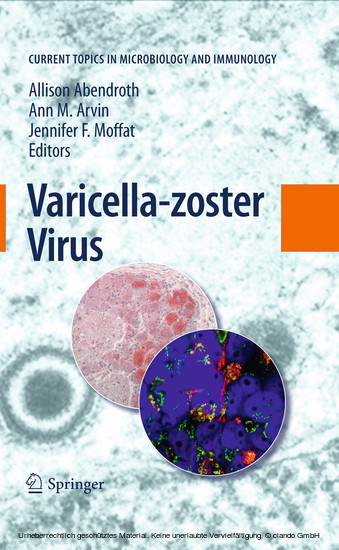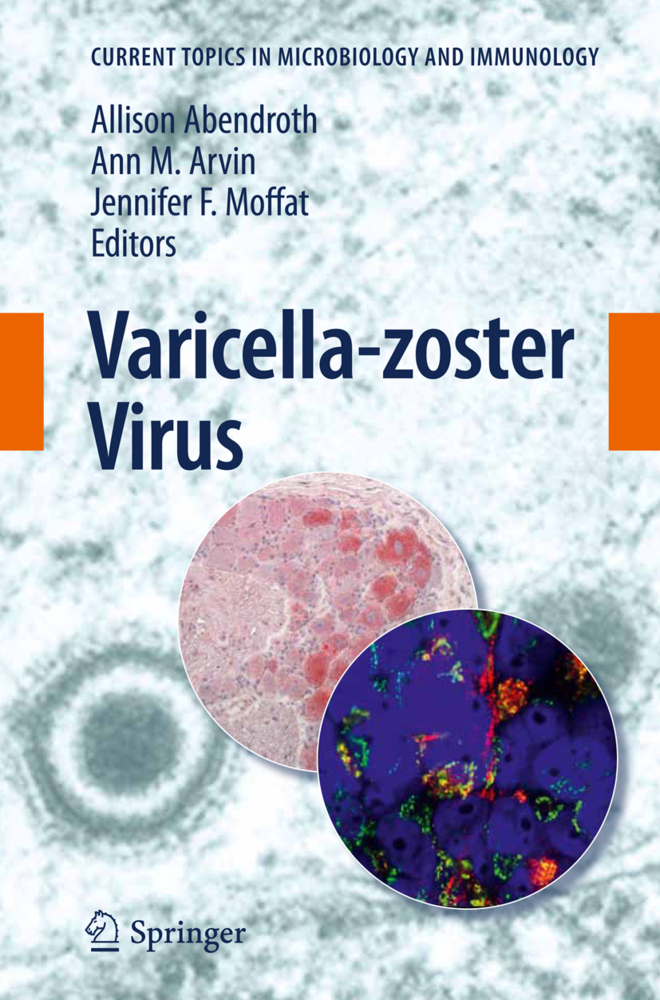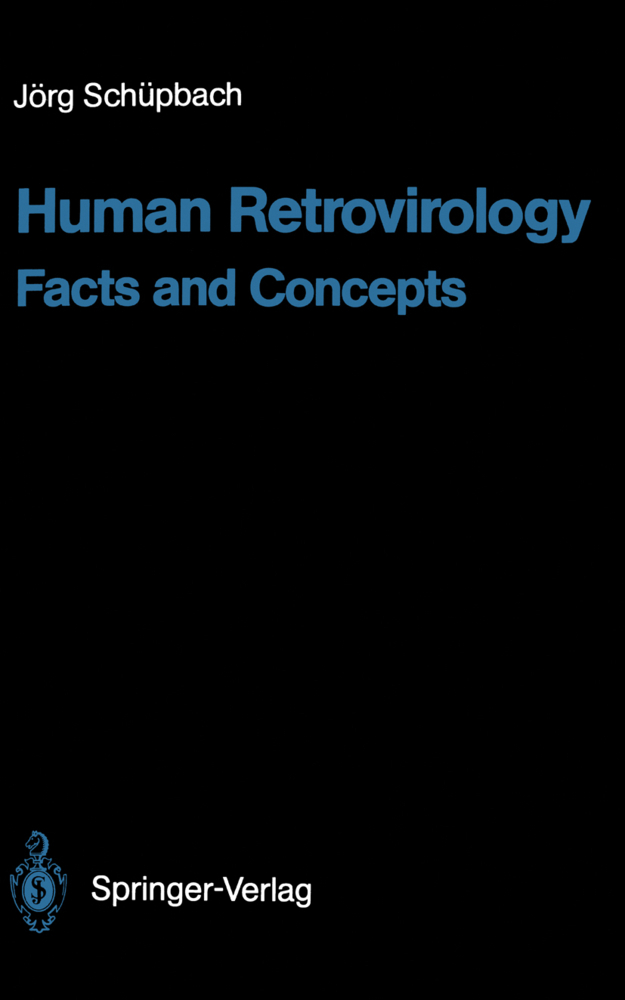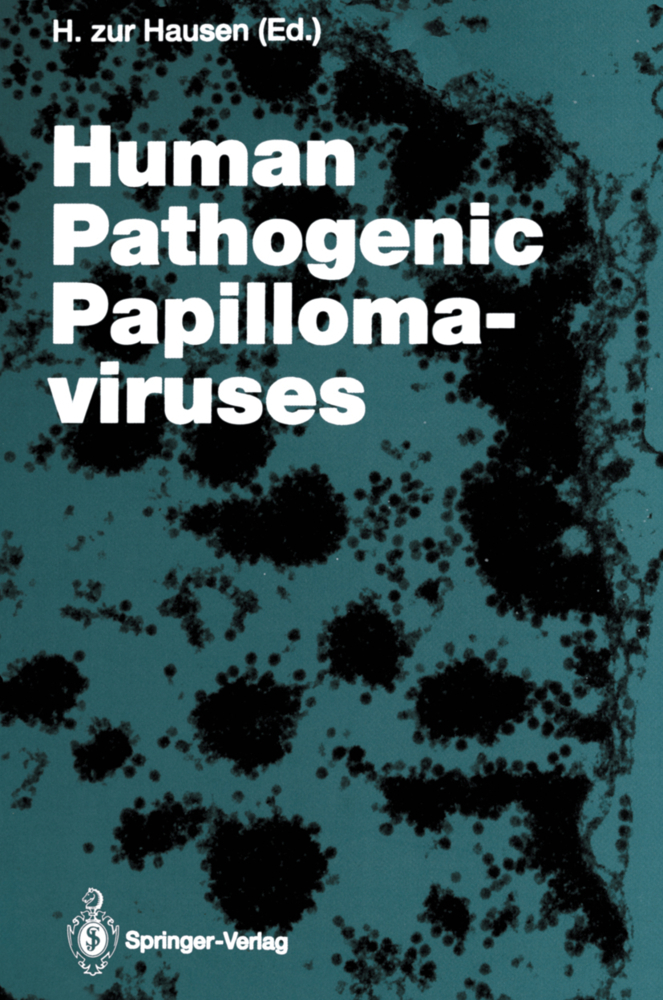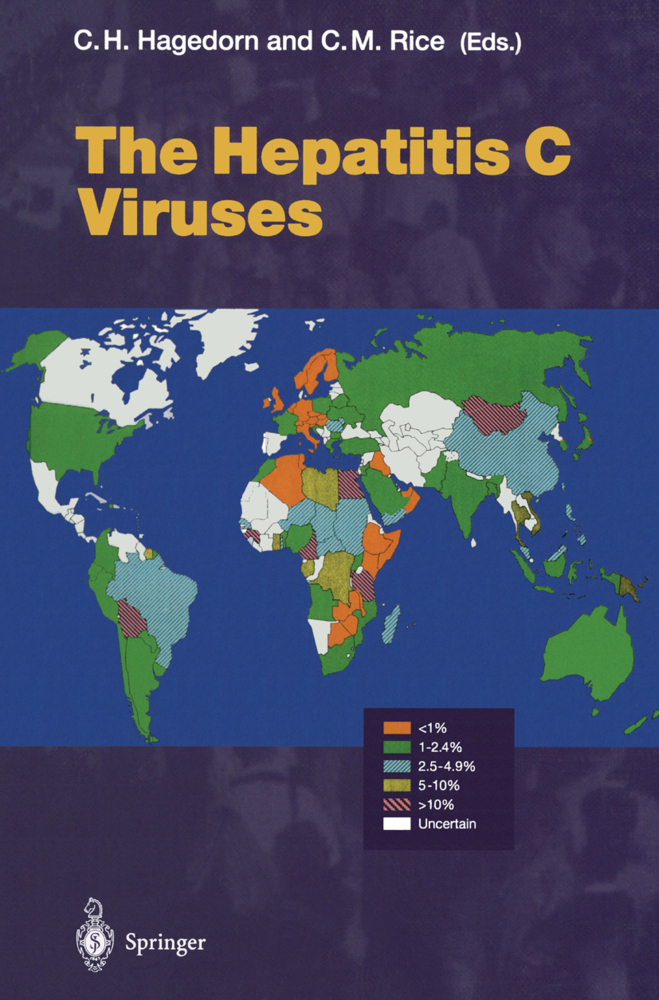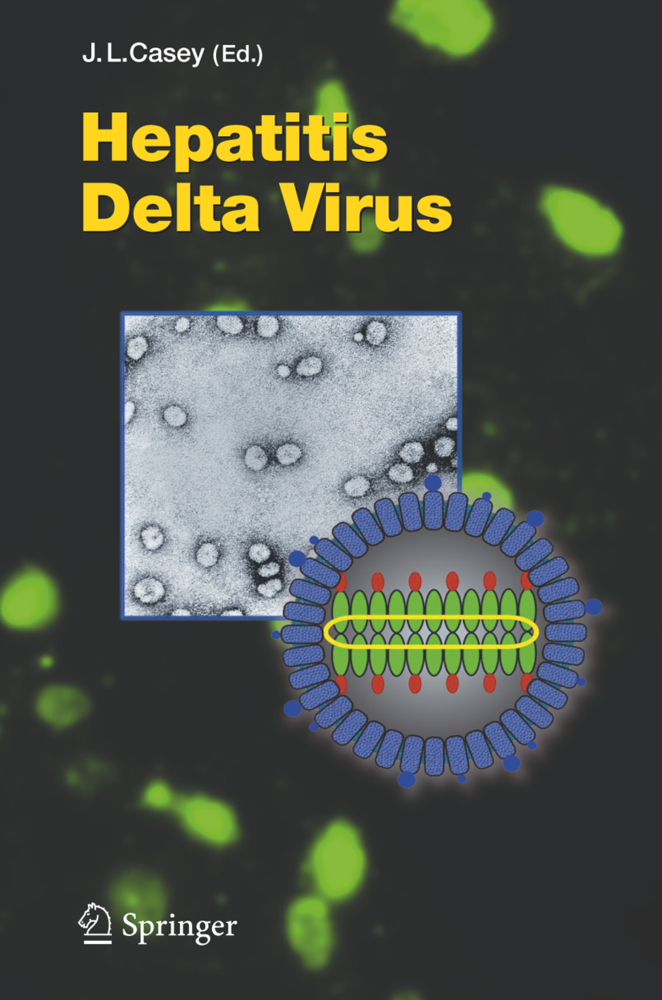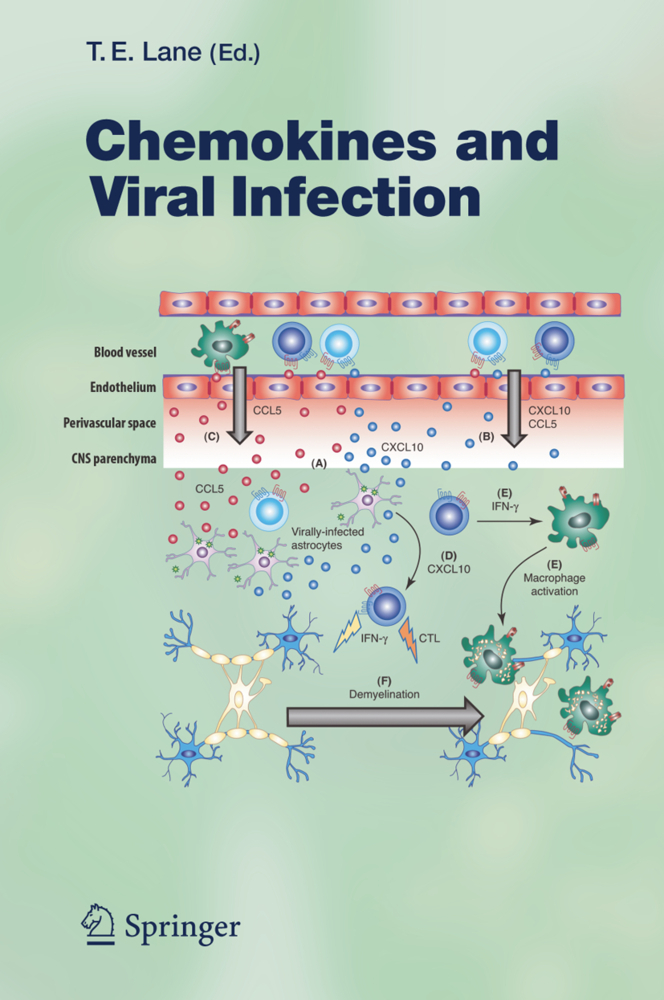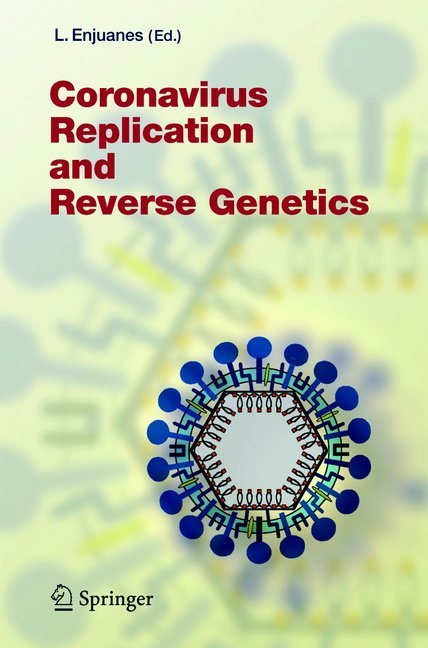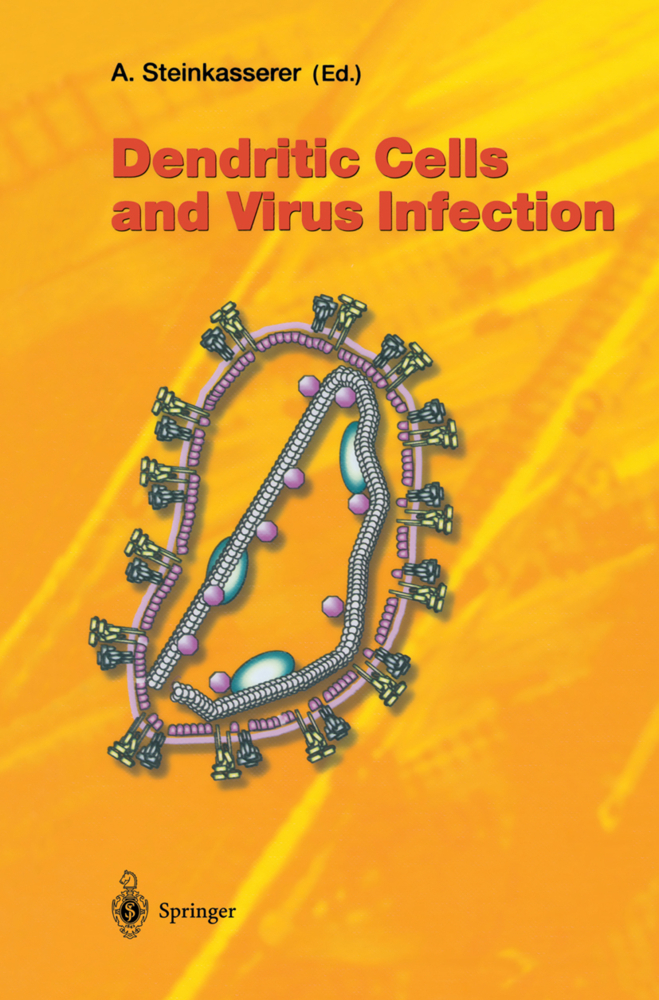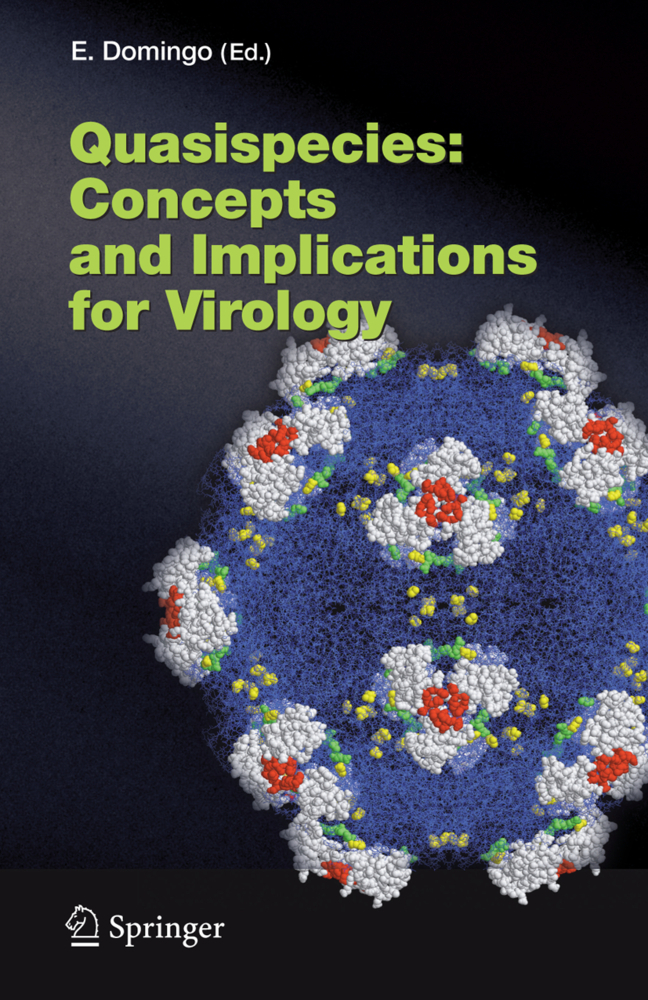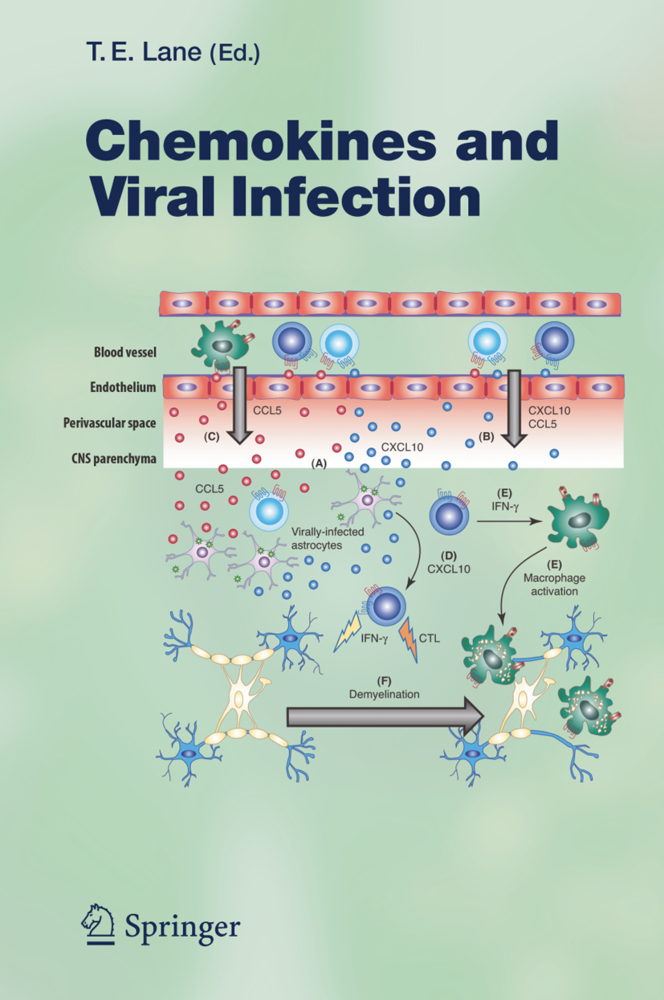Varicella-zoster virus is a common human pathogen that causes varicella (chickenpox), establishes latency in sensory nerve ganglia and can reactivate many years later as herpes zoster. Molecular epidemiologic approaches based on genomic sequencing have documented the global distribution of VZV in distinct clades that reflect patterns of human migration. Contemporary molecular methods are making it possible to dissect how VZV gene products support the viral life cycle, including those that are necessary for viral replication, virion assembly and egress as well as those that permit take over of the host cell by modulating cell cycle regulation, survival and intrinsic antiviral responses. Progress is also being made in understanding the events in VZV pathogenesis and the viral tropisms for keratinocytes, T cells, dendritic cells and neurons during primary infection, latency and reactivation and the innate and adaptive host responses that modulate these events. New insights about molecular virology and pathogenesis have emerged from comparative studies of VZV and simian varicella virus. VZV is the only human herpesvirus for which vaccines to prevent both primary and recurrent infection are approved and VZV vaccines have had significant public health benefits. These achievements and new directions that are unfolding are described in this review of VZV basic and clinical research
1;Preface;6 2;Contents;8 3;The Varicella-Zoster Virus Genome;16 3.1;1 Genome Structure and Organization;17 3.1.1;1.1 VZV Genome;17 3.1.2;1.2 VZV Genes;18 3.1.2.1;1.2.1 VZV Immediate-Early Genes;18 3.1.2.2;1.2.2 VZV Genes Encoding Replication Proteins;18 3.1.2.3;1.2.3 VZV Genes Encoding Putative Late Proteins;20 3.1.2.4;1.2.4 VZV Genes Encoding Glycoproteins;20 3.2;2 Comparative Genomics of VZV and HSV;21 3.2.1;2.1 Core Proteins Conserved with Herpesviruses in Other Subfamilies;21 3.2.2;2.2 VZV Functional and Nonfunctional Homologs of HSV Genes;21 3.2.3;2.3 VZV Genes Not Conserved with HSV;21 3.2.4;2.4 HSV Genes Not Conserved with VZV;22 3.3;3 Mutagenesis with Cosmids and BACs;22 3.3.1;3.1 Mutagenesis Using Marker Rescue;22 3.3.2;3.2 Mutagenesis Using Cosmids;22 3.3.3;3.3 Mutagenesis Using BACs;23 3.3.4;3.4 Results of Mutagenesis Studies;23 3.3.5;3.5 VZV as an Expression Vector;25 3.3.6;3.6 Use of Genetics to Develop Safer VZV Vaccines;26 3.4;References;26 4;VZV Molecular Epidemiology;30 4.1;1 Introduction;31 4.1.1;1.1 What is Molecular Epidemiology?;31 4.1.2;1.2 VZV Molecular Epidemiology: The Historical Context;31 4.2;2 Genetic Variation in VZV: Tools for Molecular Epidemiology;32 4.2.1;2.1 Restriction Fragment Length Polymorphisms ;32 4.2.2;2.2 Length Polymorphisms of Variable Regions;34 4.2.3;2.3 Restriction Site Polymorphisms: BglI and PstI Digests;35 4.2.4;2.4 Single Nucleotide Polymorphisms;36 4.2.5;2.5 Genome Sequencing;41 4.3;3 Molecular Epidemiology in Practice;41 4.3.1;3.1 Varicella-Zoster Virus Evolution and Clades;41 4.3.1.1;3.1.1 Mutation and Evolution of VZV;42 4.3.1.2;3.1.2 Recombination and VZV Evolution;43 4.3.1.3;3.1.3 Reconstructing the Evolutionary History of VZV;43 4.3.2;3.2 Geographical Spread of VZV Strains;44 4.3.3;3.3 Molecular Epidemiology and VZV Pathogenesis;47 4.3.3.1;3.3.1 Genotyping, Reinfection, and Reactivation;47 4.3.3.2;3.3.2 Genotyping and Virulence;48 4.3.4;3.4 Molecular Epidemiology Transmission and Infection Control;49 4.3.5;3.5 Molecular Epidemiology of VZV Outbreaks;50 4.3.5.1;3.5.1 Molecular Epidemiology and Public Health;51 4.4;4 Summary;52 4.5;References;52 5;Roles of Cellular Transcription Factors in VZV Replication;58 5.1;1 Introduction;59 5.2;2 Role of the Eukaryotic Mediator Complex in IE62-Directed Transcriptional Activation;60 5.2.1;2.1 Mediator;61 5.2.2;2.2 Physical and Functional Interaction Between Mediator and IE62;62 5.2.3;2.3 Mapping of the Minimal IE62 TAD;64 5.2.4;2.4 The IE62 TAD Interacts Directly with MED25;64 5.2.5;2.5 The IE62 TAD Is Unstructured in the Absence of a Binding Partner;65 5.2.6;2.6 Future Directions;66 5.3;3 Mechanisms of Activation of the ORF62 Promoter;67 5.3.1;3.1 HCF-1;67 5.3.2;3.2 HCF-1 and Chromatin Remodeling;68 5.3.3;3.3 Future Directions;69 5.4;4 Cellular Transcription Factors and Origin-Dependent DNA Replication;70 5.4.1;4.1 Interaction of Transcription Factors with the Downstream Region of oriS;72 5.4.2;4.2 The Sp1/Sp3 Site Is Involved in Origin-Dependent DNA Replication;73 5.4.3;4.3 Future Directions;73 5.5;5 Summary;74 5.6;References;74 6;Effects of Varicella-Zoster Virus on Cell Cycle Regulatory Pathways;81 6.1;1 Introduction;82 6.1.1;1.1 VZV Tropism for Nondividing Cells;82 6.1.2;1.2 Characterization of the Cell Cycle in VZV Host Cells;83 6.1.3;1.3 VZV Dysregulates the Cell Cycle in Human Foreskin Fibroblasts;85 6.1.4;1.4 Virus and Host DNA Synthesis in VZV-Infected Human Foreskin Fibroblasts;86 6.1.5;1.5 Concluding Remarks;89 6.2;References;89 7;Varicella-Zoster Virus Open Reading Frame 66 Protein Kinase and Its Relationship to Alphaherpesvirus US3 Kinases;92 7.1;1 Introduction;93 7.2;2 Genetics;93 7.3;3 ORF66 Structure and Characteristics;94 7.4;4 ORF66 Targets;96 7.4.1;4.1 Autophosphorylation;96 7.4.2;4.2 IE62;98 7.4.3;4.3 Matrin 3;99 7.4.4;4.4 Histone Deacetylases;100 7.5;5 Cellular and Viral Activities Modulated by the ORF66 Protein Kinase;101 7.5.1;5.1 MHC-I Surface Presentation;101 7.5.2;5.2 IFN Signaling;102 7.5.3;5.3 Apoptosis;1
Abendroth, Allison
Arvin, Ann M.
Moffat, Jennifer F.
| ISBN | 9783642127281 |
|---|---|
| Artikelnummer | 9783642127281 |
| Medientyp | E-Book - PDF |
| Auflage | 2. Aufl. |
| Copyrightjahr | 2010 |
| Verlag | Springer-Verlag |
| Umfang | 378 Seiten |
| Sprache | Englisch |
| Kopierschutz | Digitales Wasserzeichen |

